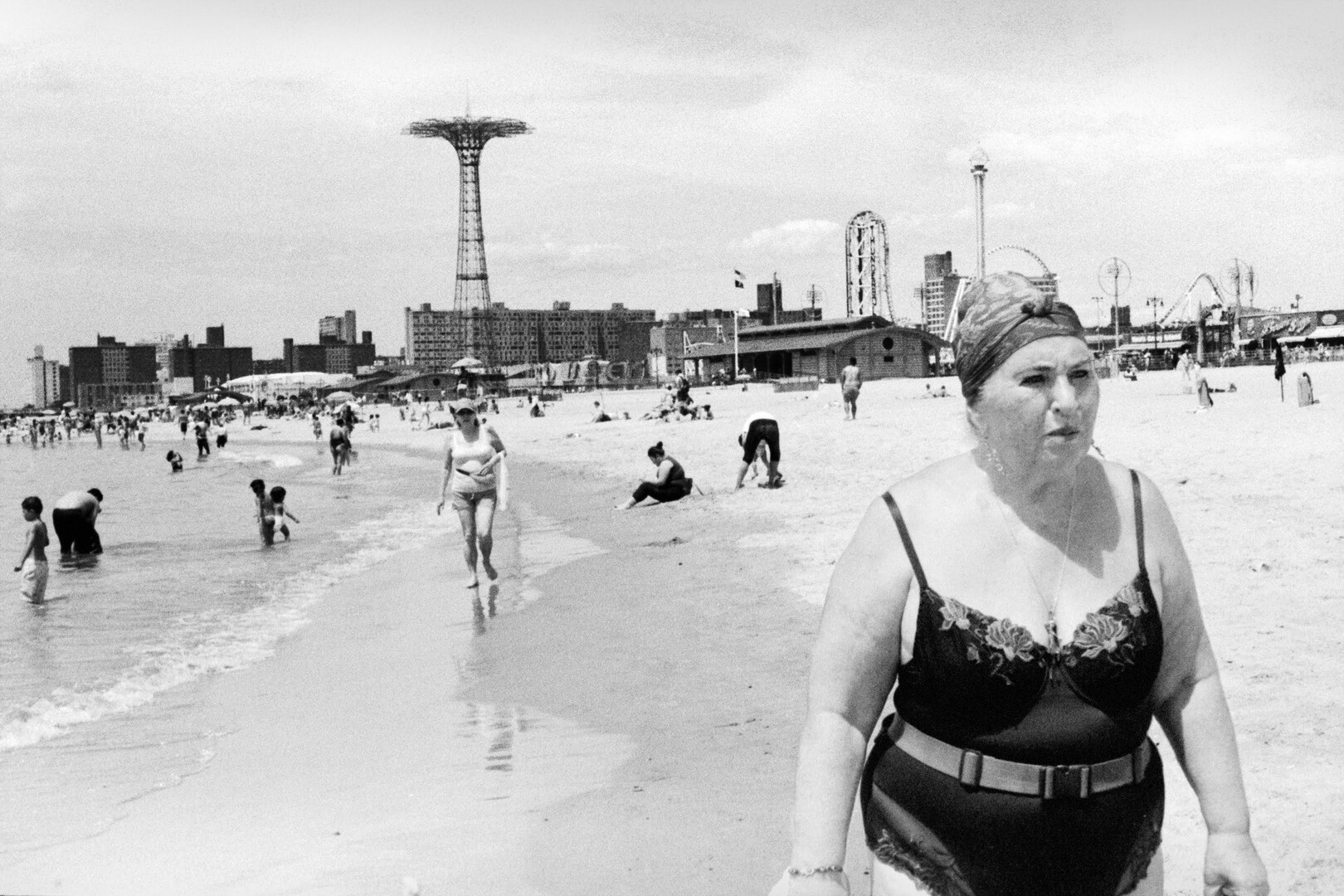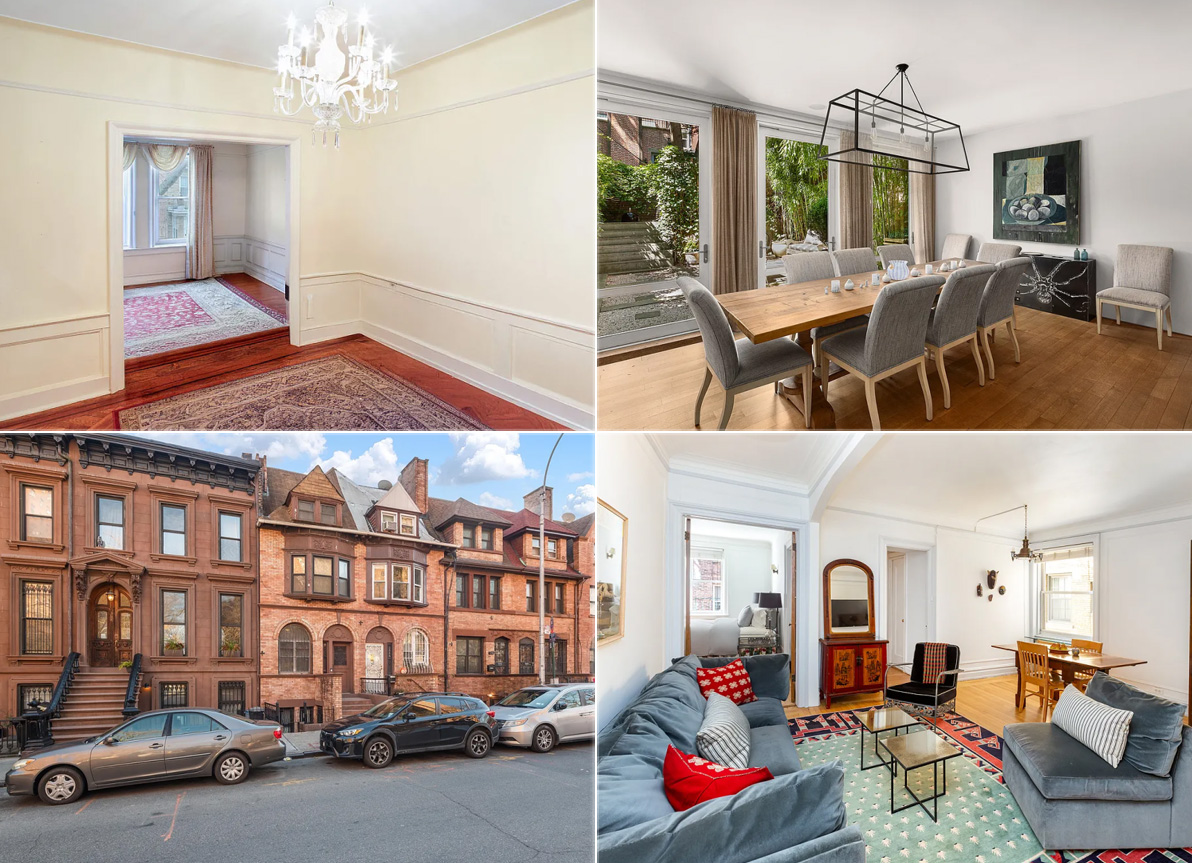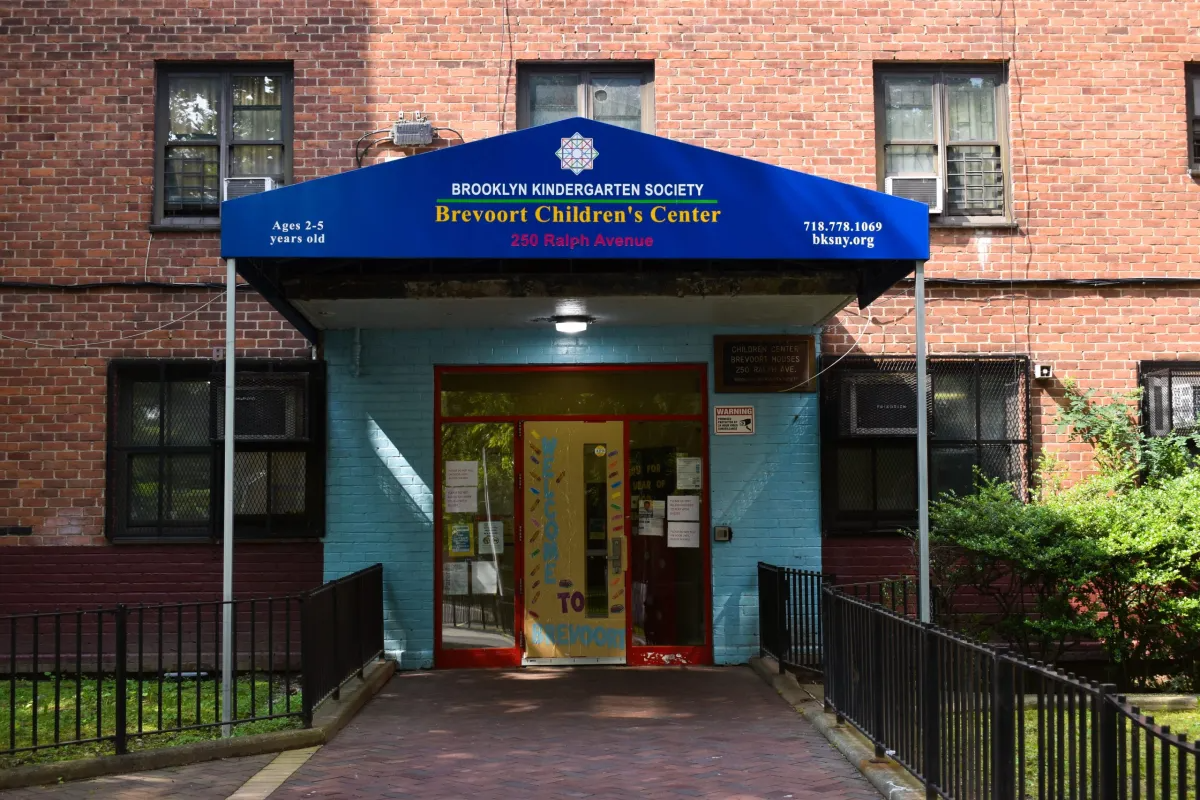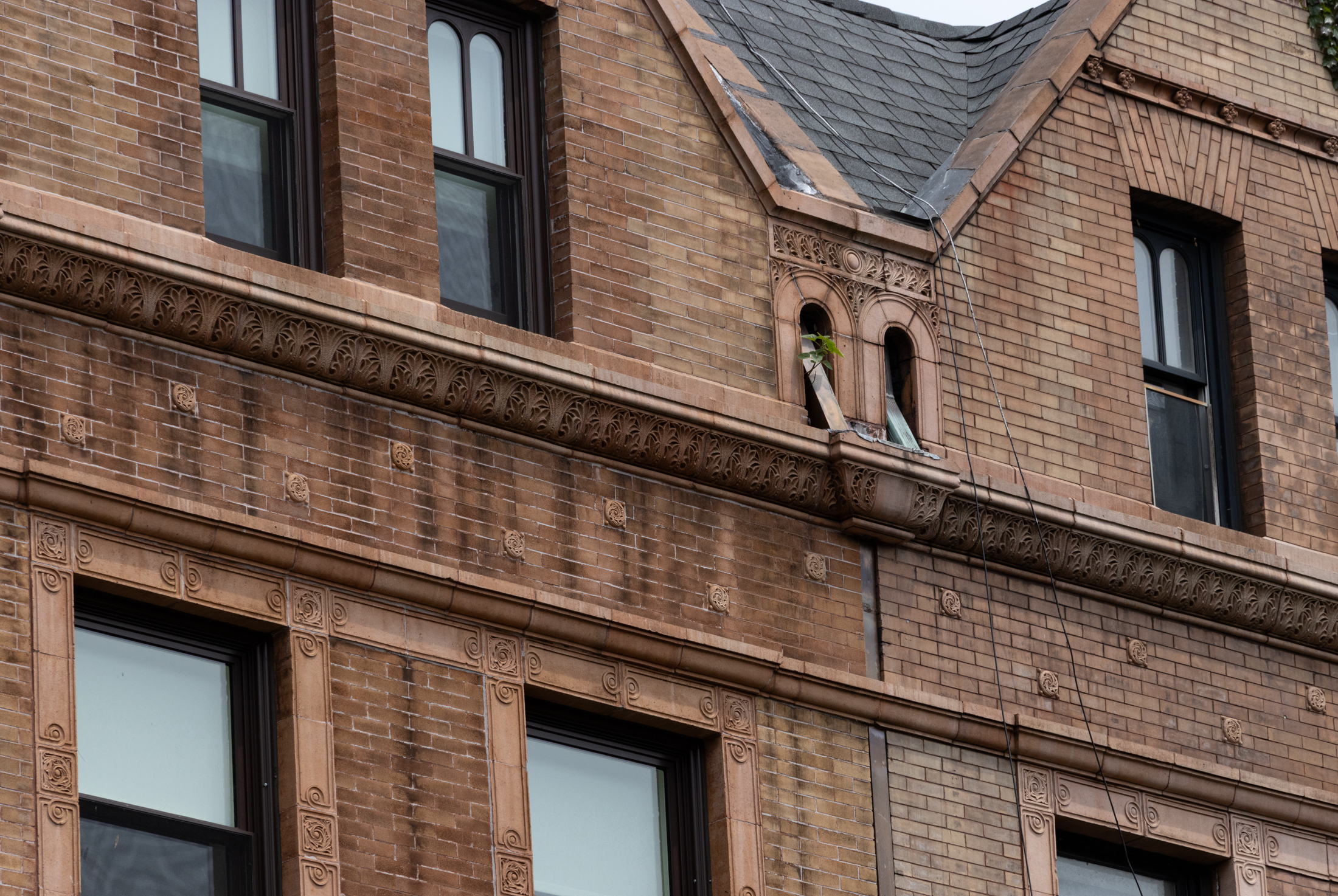Planning Details Gowanus Proposal
The Department of City Planning finally released its proposal for rezoning Gowanus last night at a community board meeting and, as expected, the plan will affect about 25 blocks in the neighborhood, changing those blocks’ designation from manufacturing to mixed-use. Gowanus Lounge was on the scene and reports the following: -The rezone will run between…


The Department of City Planning finally released its proposal for rezoning Gowanus last night at a community board meeting and, as expected, the plan will affect about 25 blocks in the neighborhood, changing those blocks’ designation from manufacturing to mixed-use. Gowanus Lounge was on the scene and reports the following:
-The rezone will run between Fourth Avenue and Bond Streets, bounded on the south by Third Street and on the north by Butler Street.
-In the area’s “waterfront district,” between the canal, Bond Street and Third Avenue, buildings will be able to reach a maximum height of 12 stories, with density bonuses for including an affordable component. In most of the rest of the rezoned area, buildings will be able to rise between 5 and 8 stories.
-The tallest buildings would go up in the “waterfront south” area shown above. According to a Planning rep, “the plan will ‘create a sense of openness around the Canal that doesn’t exist’ because it’ll require a public esplanade and setbacks. Many residents last night said that the level of density being proposed in this section would lead to out-of-scale structures, with permanent shadows in some sections of the canal.
-Community members also voiced concerns about environmental issues, saying the rezone will allow for residential construction on areas that haven’t been properly cleaned up. A member of the Friends and Residents of Greater Gowanus group said that the plan involved a little bit of deception and that a lot doesn’t incorporate what the community wants.
25 Blocks Worth of Change in Gowanus [Gowanus Lounge]
Meet Gowanus Waterfront North & South [Gowanus Lounge]
Photographs of maps from GL.





This conversation is still very current. The Lander’s planning process of 2013-2014 is claiming–with out any actual consensus, that there is consensus in the neighborhood for mixed-use zoning of the industrial section of the canal. THEY HAVE NO BASIS FOR THIS CLAIM. This industrial land does have contamination that can’t possibly be removed. Protections are to try to seal the residential used from contamination arising out of the land. Much of the industrial Gowanus should never be used for housing–especially not affordable housing where people don’t have much choice.
Residential just doesn’t belong in Gowanus, especially with the rising sea-level and ocean storms.
Are any of our elected officials willing to stand up to developer’s unreasonable demands?
To all who commented about manufacturing being impractical in NY, that other places are cheaper – please go see the show at the Brooklyn Historical Society: Gowanus Transformations – and familiarize yourself with how vital industry is to NYC. For example, the J&M Special Effects Co. clientele includes Broadway shows, TV shows (David Letterman), and needs to be near enough to the city, yet away from residential because of the testing they do. Beagle and Pots Woodworking does custom work and most of its clientele is in Park Slope. Porcelli Glass retores stained glass windows for churches as well as other buildings. Ferrarra Cement is rebuilding the 9/11 site. Architectural Grille restores grill work for the Pentagon – the part that was destroyed in 9/11, and subsequently all the grill work. Swiftfolders created a durable, foldable bicycle that is easily used in our city.This is just a sampling of the variety of industries in the Gowanus -and business is great. Foro Marble, another industry, is projected to take in 4.5 million in revenues this year. Part of the ruse about inviting residential development into the Gowanus was that industry is dead. Nope.But it has been driven out of other areas that have been gentrified: Soho, Dumbo. Gowanus is one of the last remaming places for industry to be.
Also, the kind of dense residential development being proposed is completely out of touch with the environmental realities of the area: toxic brownfields, hurricane evaculation route, flood zone, and last but not least, it will forever remain an open sewer.
Another sad, forgotten fact about the Gowanus area is that it is the site of one of the bloodiest, saddest battles fought during the Independence War. Many lives were lost there. There was this funny movie some guy made years ago acting out the war. The landscape had changed so radically he used different colored cars to act out the role of various troops. I wonder if any of you guys can find it on line and link over to it for us. It was hysterical. Was shown at BAM. but the subject matter is serious. A tremendous amount of young men’s lives were lost on that ground in order to protect General Washington and get him to New Jersey. And ages ago it was inconceivable that that landscape would be what we see it as today or again turned over for money for another cause.
We (residents) need to continue to be very concerned about any development in Gowanus. Everyone seems to forget that Gowanus is one of the oldest industrially contaminated areas in the USA, with multiple Superfund sites that have never been cleaned up. We should leave the area be, or require new developers to clean up the sites they develop on. I suspect that if they (Whole Foods included) are required to correctly clean these sites up, then it may cost them far more than they expected and are willing to pay.
The abandonment of the area, and the growth of plants and vegetation on the sites have protected residents by trapping the ontaminents in the soil. Do we really want to let them loose on residents for the sake of a few dollars??
I’ve seen wild blackberries growing at 5th place, but I’d never eat them. I’ve seen fish in Gowanus, but I’d never fish there. The bottom of the canal is so think with industrial sediment that it has a “polished” look to it. Do we really think that any development could successfully contain this mess? We are fooling ourselves.
The area bordering the Gowanus Canal is a dump. It’s been a dump for decades.
Maintaining the dump is a ridiculous waste of otherwise valuable property. But why should this valuable land and waterway go to waste?
Many people would pay to live in decent housing in that area. Their willingness translates into jobs, a better Brooklyn and an increase in tax revenue that might help those who really need a little help.
The Who
Labor costs have always been higher in New York than anywhere else. Thats the bad news, but the flip side of the coin is that so are wages and thats why people move here. Because we live on one of the greatest harbors in the world transportation costs are lower. That said, industrial space does not draw as much per square foot in rent as residential and commercial. Through most of our history the city has been wise enough to retain a portion of its space for industry so people will have jobs to pay for the housing and the commerce.
When industrial landlords learn that they can not find tenants for a while, cry about it and then get rezoned to residential it is a license to print money but will ultimately destroy a lot of jobs. That is one of the things that is going on now.
And, with the dollar diving every day, partly because of our appetite for oil out in the burbs where the jobs “moved” (read “were driven”) too, our labor is actually becoming more affordable vis a vis China, Europe, Japan, even Latin America, than it was before. There is a strong case to be made for industrial retention by any means necessary, I don’t expect Bloomberg to make it. Maybe Weiner will.
Our small arts related biz is in this district. The landlord is refusing to extend the lease for obvious reasons. This city sells out the creative force of this city in every way they can. At some point young people who bring vitality and energy to this city are going to have to find another place to live and work. Our biz is actually making decent money and our rent is market value. And there is nowhere else to go now. Thanks Mayor Bloomberg.
Gowanus Transformations (The Leonard Lopate Show: Thursday, 29 May …
By listenerservices@wnyc.org (WNYC, New York…
In the mid-19th century the Gowanus became a canal, providing easy access to raw materials. In the years that followed, the Gowanus became a hub of manufacturing. A new exhibit at the Brooklyn Historical Society, …
WNYC’s Leonard Lopate Show – http://www.wnyc.org/shows/lopate
http://www.wnyc.org/shows/lopate/episodes/2008/05/29/segments/100009
I find it tiring to hear -we’re not against development – just what is proposed. Same old.
Never like anything anyway. I think it is fear of change. Better to have junk than the unknown.
And seems so myopic – this very neighborhood or block view – rather than what NYC needs.